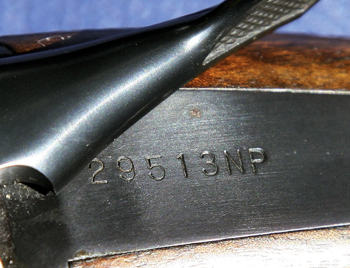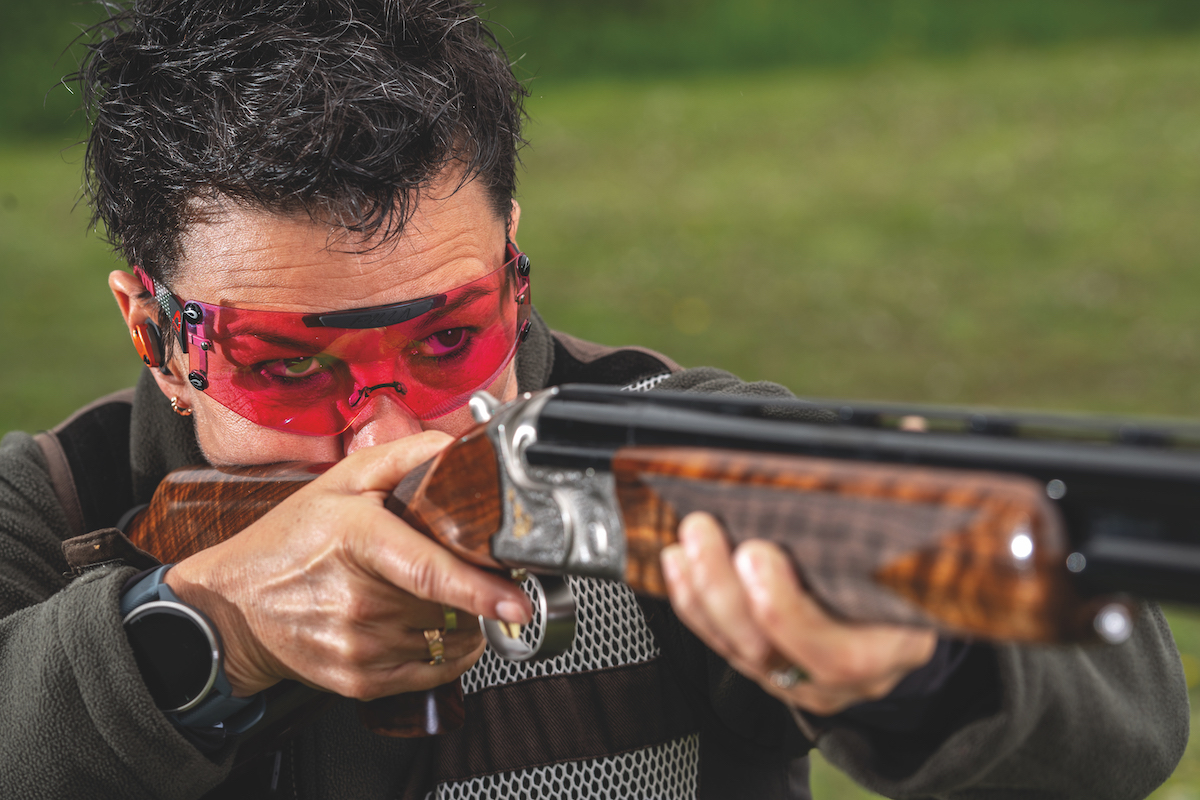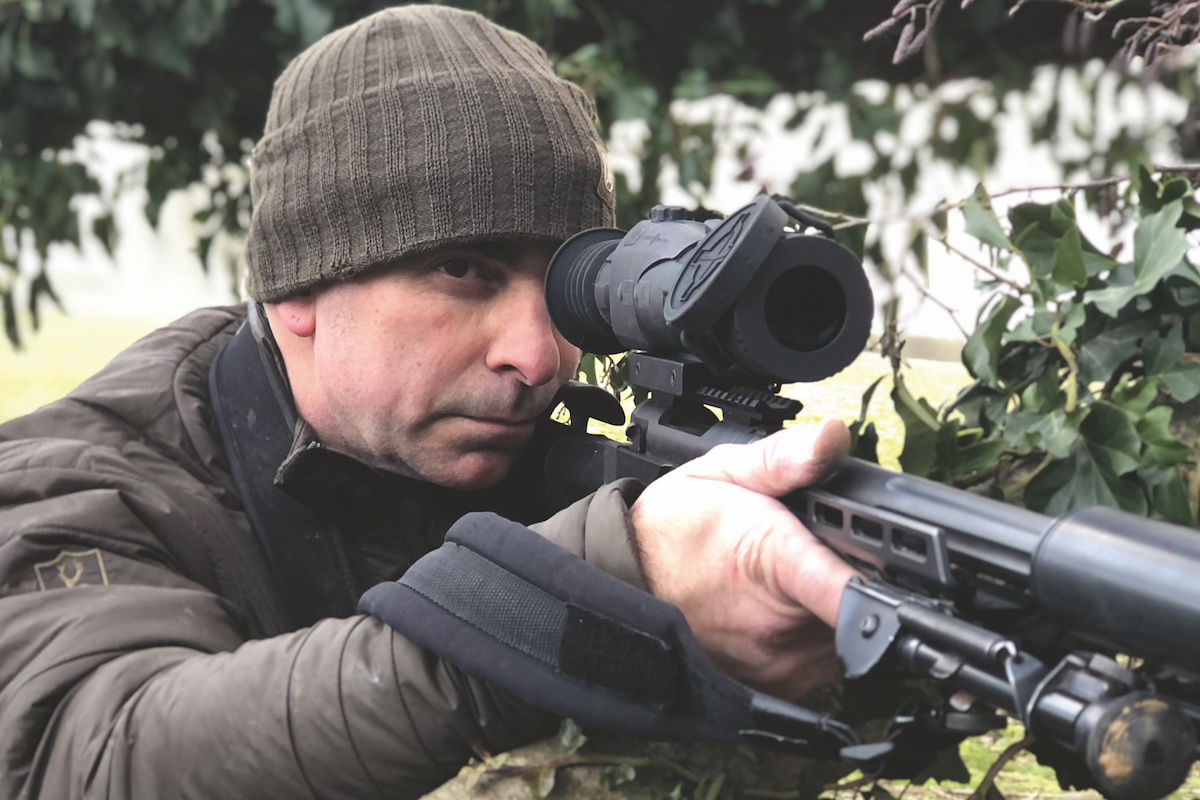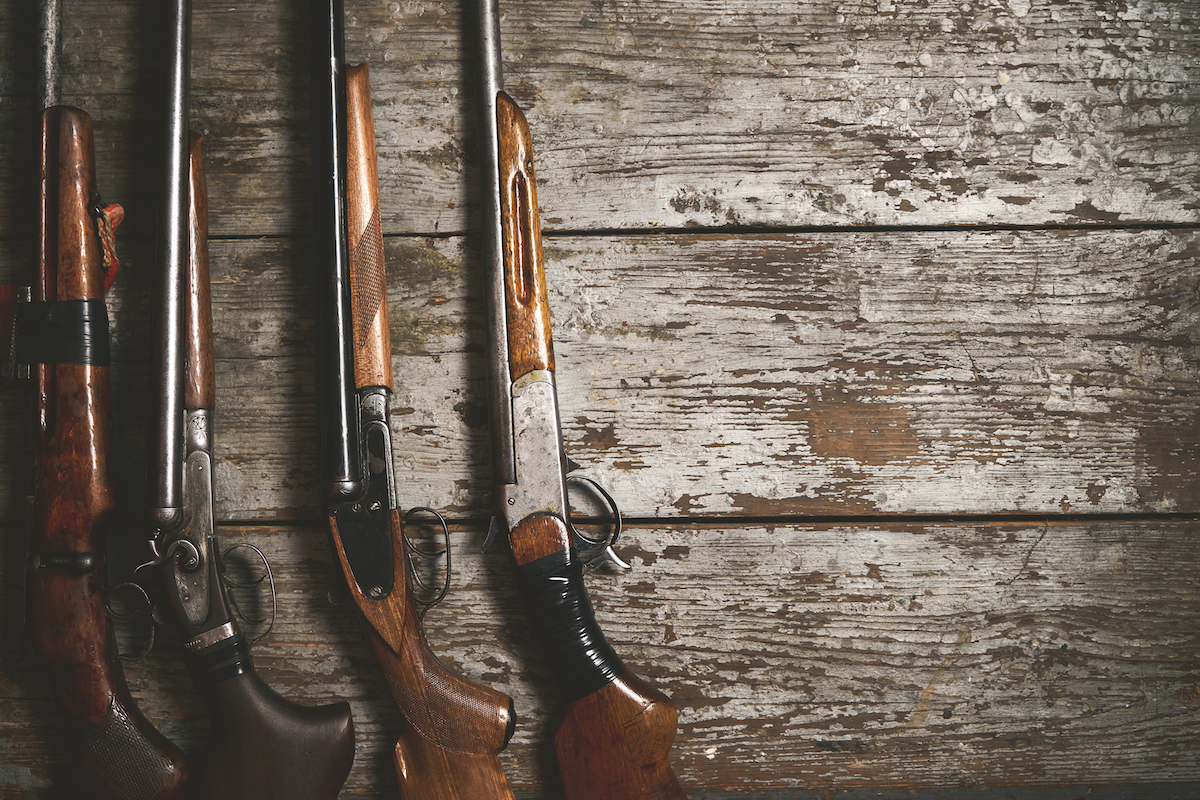Looking at the Miroku MK 6000 SP-1 – a timeless classic
The gunmaking lineage of the Miroku MK 6000 SP-1 can still be seen in today's models produced by the Japanese manufacturer, says Charles Smith-Jones

The Miroku MK 6000 SP-1
Visit any clayshooting lines or look more closely at the guns being used in international competitions and you will almost inevitably encounter the name of Miroku.
This should not come as a surprise as it is one of the undisputed world leaders in firearms manufacturing. That the company would achieve such exalted status was not apparent from its humble beginnings. Its founder Karaji Miroku originally operated a small blacksmithing business making farming implements and it was only in 1893 that he diversified into producing small numbers of handmade guns for hunting deer and boar on his small home island of Shikoku in Japan. Today, over 125 years on, the company has a deserved reputation for high quality guns and an attention to fine detail.

The Miroku shares Browning’s famous and durable lock-up system and this MK 6000 has an extended trigger tang
Partnership
It was at the beginning of the 1970s that its reputation was enhanced by a partnership with Browning, the renowned American firearms manufacturer. The greater part of the production of Browning guns had evolved into being split between Japan and Belgium, with Miroku producing the majority of over-and-under guns. An important development was the creation of a new gun based on Browning’s original Superposed model, then built in Belgium, which was eventually named the Citori. It proved possible to produce the new Citori for half the Superposed’s price while retaining comparable performance and quality. This was thanks to Miroku’s build processes, although even then half of the work still needed to be done by hand.
The development of the hugely popular Citori over-and-under is important because the design has formed the basis of most Miroku guns ever since. The MK 6000, based on the venerable Citori 425, is no exception although the design of subsequent models of many Miroku guns has changed little over the years. This is not because of any kind of inertia on Miroku’s part, simply because there has been no need. Very much a case of ‘if it ain’t broke, don’t fix it’.
Miroku found no need to make any major improvements to a reliable and popular format. Owners of a 6000 will find that it shares many similarities with its successor the MK 60, which is still in production, and others of the modern range of Miroku guns. One major difference, though, is the way in which the barrels were made at the time: the 6000 has chopper-lump barrels forged from single pieces of steel that were bored and polished before being soldered together, the way that English guns have long been produced. Modern Miroku barrels are made on the monobloc principle, which involves barrels being made individually before being sleeved into a separate single breech block. Both methods produce strong barrels and the move to monobloc was largely made as it is a more economical process that is widely used by many manufacturers today.

Chokes are almost invariably fixed. Older Mirokus use chopper-lump barrels.
Sought after
The build of the 6000 is strong and attractive and despite having been out of production for some 30 years, a good example will still be sought after. The ‘SP’ in the title stands for Sporter, while the ‘1’ refers to the grade. While there are various grades available, the specific one may be impossible to determine on a used gun as Miroku did not tend to stamp evidence of models anywhere on them – a strange omission.
Features of the Miroku MK 6000 SP-1
- Wood on the grade 1 models is not pretty but it is strong
- The engraving is nothing to get excited about but money has been spent on quality engineering
- The Schnabel fore-end is typical of sporters, love it or hate it
There can be a large variety in the gun weights and barrel lengths available but the chokes are almost invariably fixed. The majority of stocks are cast to suit a right-handed shooter but occasionally left-handed ones can be found, and they tend to be relatively short – something easily rectified by the addition of a butt pad. The metalwork is generally silver and attractively scroll-engraved, sometimes simply but otherwise more ornately, depending on the model.
Miroku MK38: beautifully made and good value
Evolution of the Miroku MK38 Even as late as the 1970s, the serious Sporting clay shooter still had to rely…
How old is my Miroku MK70 shotgun?
I have acquired a secondhand Miroku MK70, and wonder how old it is. I enclose a note of the serial…
Miroku MK60 Universal Sporting Grade 5 shotgun
Most who have considered buying a new shotgun will have looked at over-unders made by the holy trinity of Browning,…
My local gun dealer tells me that he doesn’t see many of these guns coming onto the second-hand market, maybe because people tend to hang on to them rather than upgrade. Provided that the fit suits, most people find that they shoot well with a Miroku MK 6000 – it’s the kind of gun that handles naturally and comes with an enviable reputation for reliability. If you are lucky enough to come across one that has been properly looked after and is on offer at the right price, it’s well worth considering.











